Frederica Freyberg:
Words like crisis, maxed out, alarming. That’s what Wisconsin officials are saying this week about the surge of COVID-19 cases in the state, now designated a red zone for the virus by the CDC. In a moment we will hear from a doctor in Green Bay, one of the state’s hot spots, and where the president had been scheduled to appear at a rally Saturday. We turn now to the Department of Health Secretary-designee Andrea Palm for the latest. Thanks for being here again.
Andrea Palm:
Thanks for having me. Good to see you.
Frederica Freyberg:
You too. This question, is the president’s positivity an abject lesson in mask wearing?
Andrea Palm:
So I think, first of all, I want to wish them both a speedy recovery. I think right as the Department of Health, we — our goal is to prevent everybody from getting infected and so — we really hope for their speedy recovery. I think more broadly, what we all need to do now, considering what we’re seeing here in Wisconsin, is the mask wearing, is the social distancing, is the staying home as much as possible. We’re at a critical moment and we really need to take those steps together.
Frederica Freyberg:
What is the latest in Wisconsin right now in terms of case surge, hospitalizations and deaths?
Andrea Palm:
So today, we added another 2700-plus cases and we have five deaths today, which is obviously a little better than yesterday and the day before. But obviously, any death is a death too many. And again, now is the time to do what we need to do to stop the spread.
Frederica Freyberg:
In Wisconsin, are we in the midst of the feared worst case?
Andrea Palm:
So I think what we’ve learned, right, throughout this pandemic is you need to — you need to act before you hit that place or you’ve waited too long. And so now — now we’ve got an opportunity to turn the corner, to change course and prevent us from getting to the place where we need to pull the cord on that ultimate insurance policy, which is that alternate care facility, that surge hospital that we have at the ready. But now is the time.
Frederica Freyberg:
Why is Wisconsin so bad compared to other states?
Andrea Palm:
So I think right, we have seen since mid-May with the lifting of safer-at-home, a slow rise in the epidemic here in Wisconsin. And you know, there was a surge in July that local communities, local governments managed with the mitigation tools that they had. But then, you know, we saw starting in September, this rise in — among the 18- to 24-year-olds, particularly in cities and towns with college and university campuses. But now what we’re seeing is intense community spread across all age groups. And that tells us that this is really in every community in Wisconsin. And again, it’s really time for us to do the things we need to do to stop the spread.
Frederica Freyberg:
And so it also tells us that people are not taking adequate precautions?
Andrea Palm:
Yeah, I think — and it’s why we have been working so hard this week and we’ll continue to get out the message about how serious this is. And people — people do need to double down. Make choices to wear the mask, make choices to not go to gatherings, make the choice to do a virtual happy hour instead of go to the bar, et cetera, while we really do everything we can to protect our hospitals and our health care workers.
Frederica Freyberg:
Now there’s an emergency order to expand the health care workforce that includes allowing out-of-state doctors, for example, to practice here. Describe why that is needed.
Andrea Palm:
So when we think about the intense community spread that we’re seeing, we are seeing increasing numbers of our health care workers be exposed to or infected with COVID outside of the workplace, in their communities. And those folks can’t come to the hospital to work. And so the stress we are seeing on our health care systems, it’s not only the number of people in beds who need care, but it is the fact that we are down men and women who can work in those — in those facilities because they have contracted or been exposed to COVID outside of work. And so these flexibilities will allow health care to bring in additional workers from other states or other systems to help fill that gap. But again, it speaks to the need for all of us to wear a mask, to stay home as much as possible, to do the things we need to do to protect those health care workers and our hospital system.
Frederica Freyberg:
Andrea Palm, thanks very much.
Andrea Palm:
Thank you.
Search Episodes
Related Stories from PBS Wisconsin's Blog

Donate to sign up. Activate and sign in to Passport. It's that easy to help PBS Wisconsin serve your community through media that educates, inspires, and entertains.
Make your membership gift today
Only for new users: Activate Passport using your code or email address
Already a member?
Look up my account
Need some help? Go to FAQ or visit PBS Passport Help
Need help accessing PBS Wisconsin anywhere?

Online Access | Platform & Device Access | Cable or Satellite Access | Over-The-Air Access
Visit Access Guide
Need help accessing PBS Wisconsin anywhere?

Visit Our
Live TV Access Guide
Online AccessPlatform & Device Access
Cable or Satellite Access
Over-The-Air Access
Visit Access Guide
 Passport
Passport


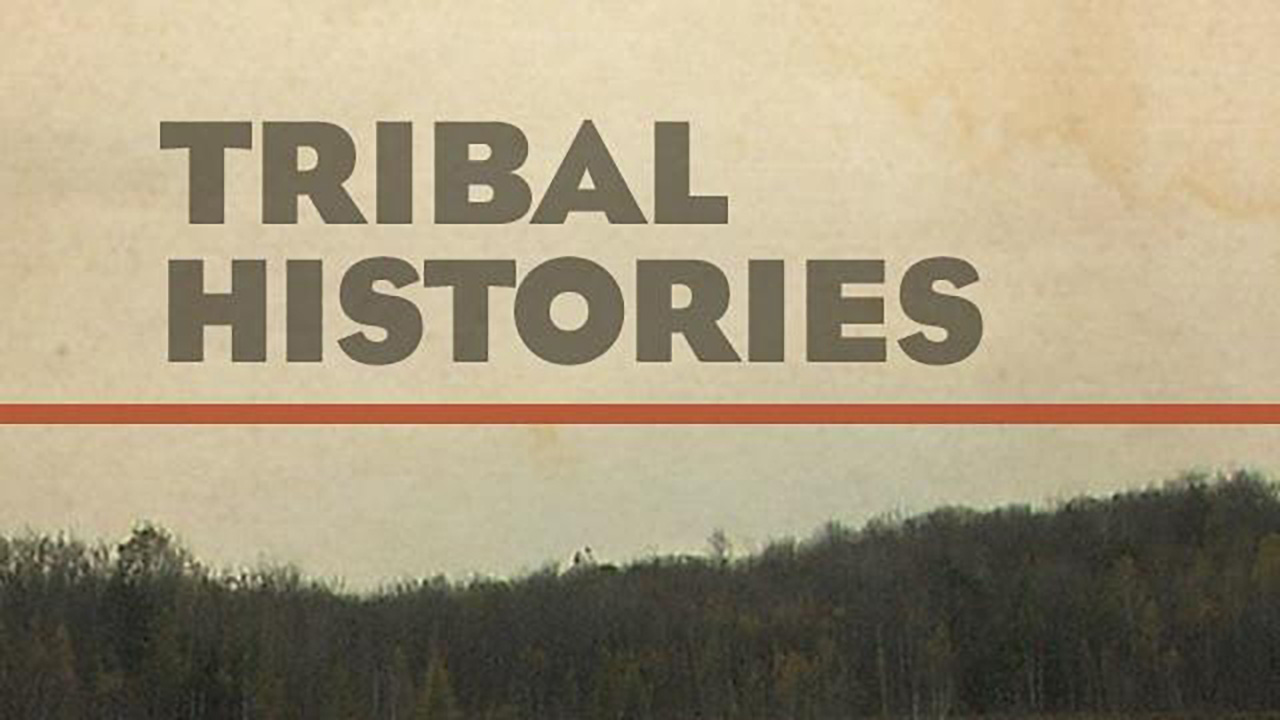





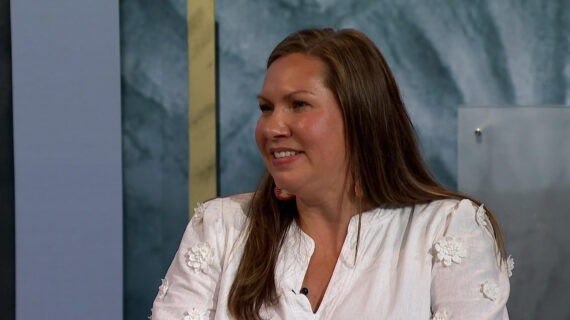
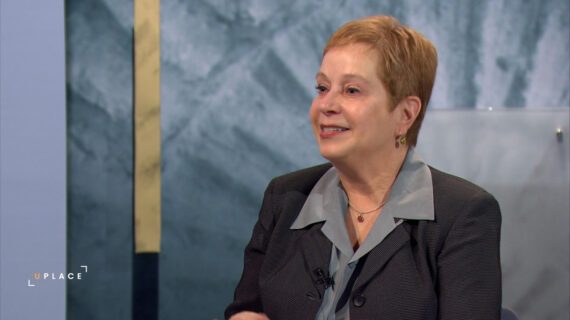
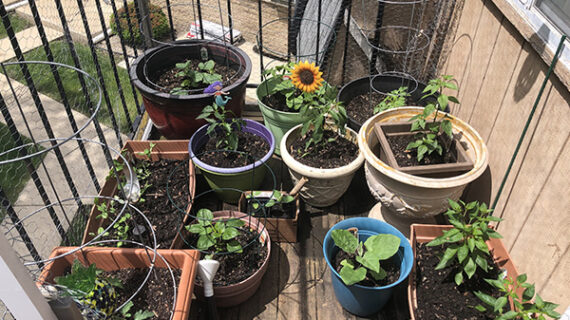
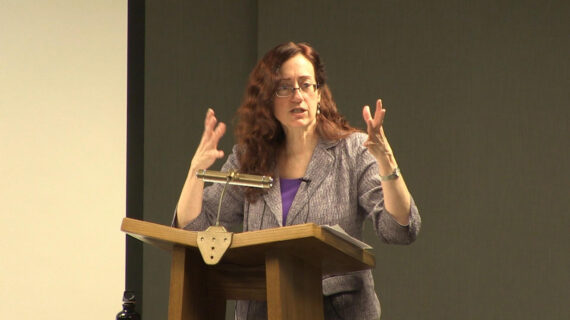

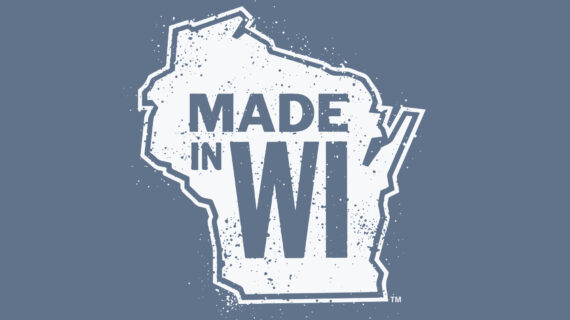
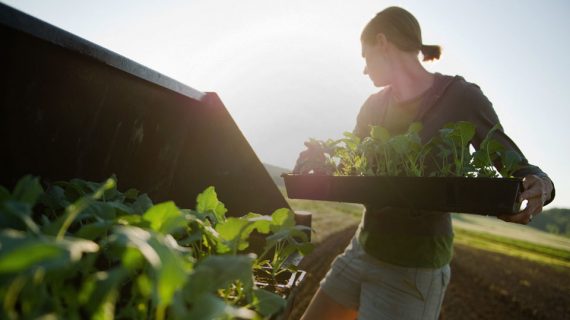
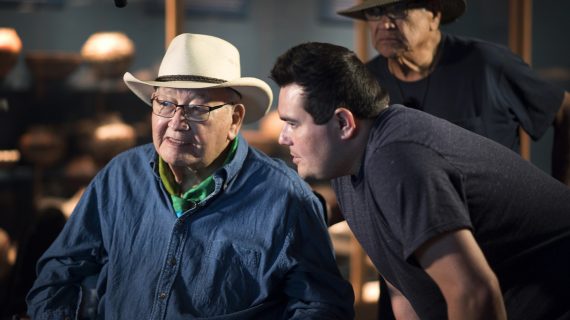


Follow Us